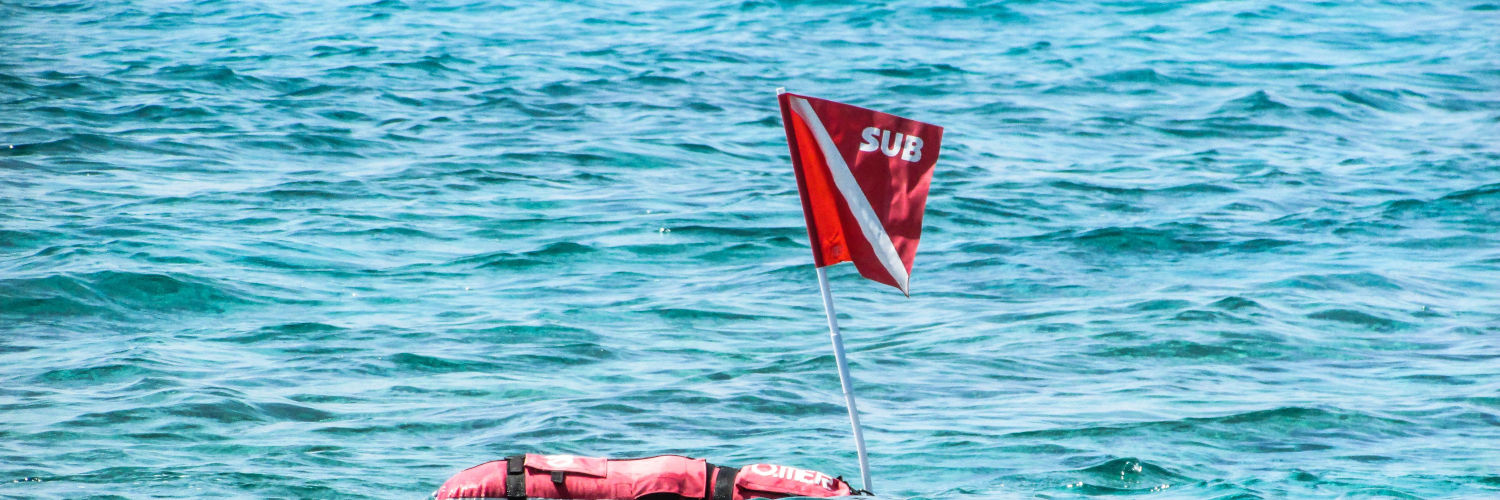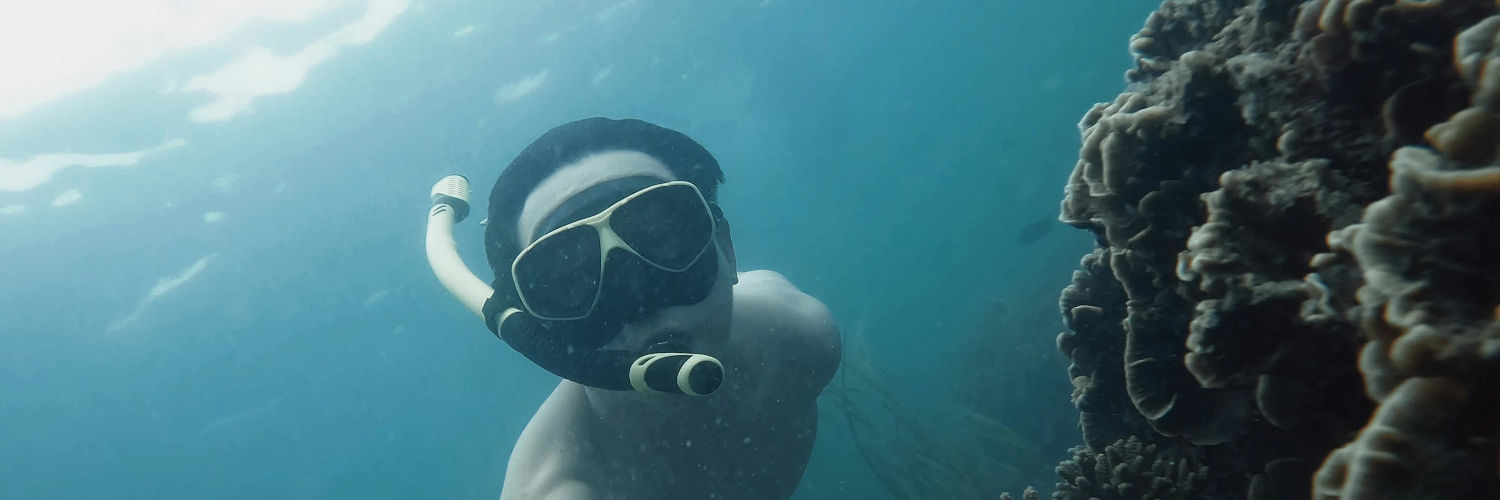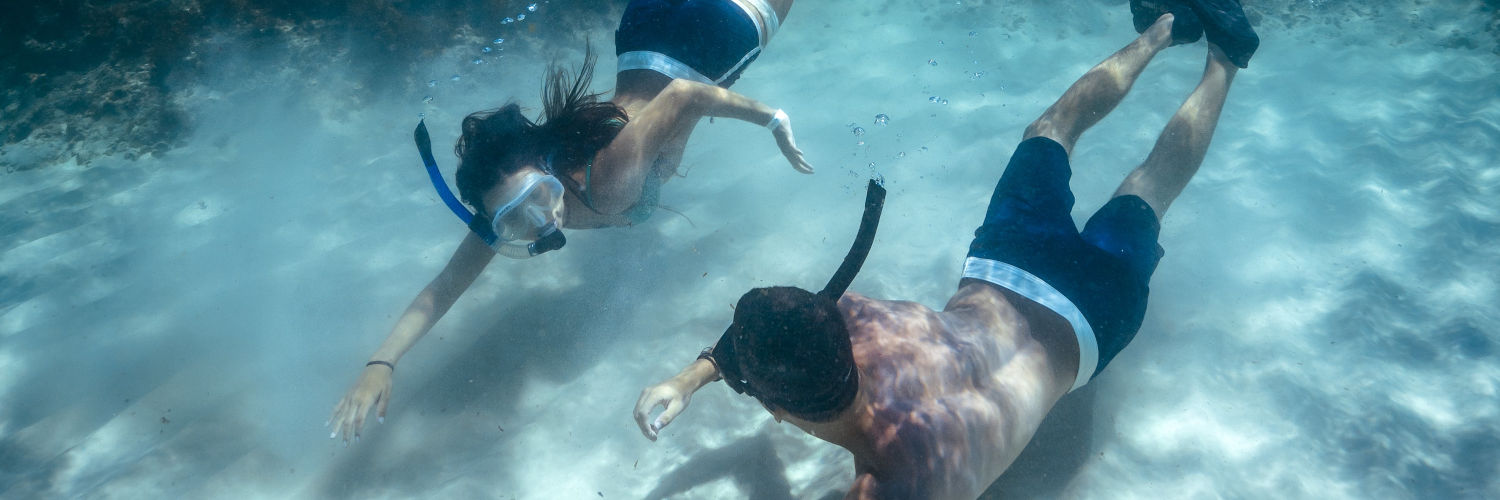Cataract surgery is a common procedure that restores clear vision to those suffering from the cloudiness and blurriness caused by cataracts. The surgery involves removing the cloudy lens from the eye and replacing it with an artificial lens. This procedure typically results in a significant improvement in vision, allowing individuals to return to their daily activities with clarity. However, it’s imperative for patients to understand the recovery process and the activities that are safe to resume, particularly those related to water, such as snorkeling.
Water exposure poses a risk of infection and irritation to the eye after cataract surgery. Therefore, doctors generally advise against any activities that may bring the eye into contact with water, such as swimming or snorkeling, for a specified period after the operation. It is crucial for patients to follow their surgeon’s recommendations on when it is safe to return to these activities to ensure the eye heals properly and maintains the improved vision post-surgery.
Guidance on the exact timeframe can vary, but a conservative approach is to avoid snorkeling and similar water-based pastimes for at least several weeks following cataract surgery. Patients should wait for their doctor’s explicit approval before engaging in snorkeling to prevent any complications that could arise from premature exposure to potentially harmful environments. By adhering to professional medical advice, patients can enjoy their enhanced vision safely in all their endeavors, including snorkeling.
Understanding Cataract Surgery
Cataract surgery is an outpatient procedure aimed at restoring vision lost due to cataracts by replacing the eye’s cloudy lens with an artificial one.
Procedure Overview
Cataract surgery typically involves the removal of the natural lens of the eye when it has become opaque due to cataracts. This outpatient procedure begins with a small incision made in the eye, through which the ophthalmologist can access and break down the affected lens. It’s then suctioned out and replaced with an intraocular lens (IOL).
Incision Types:
- Corneal incision
- Scleral incision
Lens Removal Techniques:
- Phacoemulsification
- Extracapsular cataract extraction
After the artificial lens is in place, the incision is closed and often requires no stitches. The entire surgery generally lasts less than an hour.
Types of Lenses and Incisions
Multiple types of IOLs and incision methods exist, tailored to patient needs and specific eye conditions.
IOL Varieties:
- Monofocal lenses: Provide clear vision at one distance.
- Multifocal lenses: Allow for a range of distances, reducing dependence on glasses.
- Toric lenses: Correct astigmatism.
Incision Choices:
- Corneal: Smaller, self-sealing, and less likely to induce astigmatism.
- Scleral: Further back in the eye; may be used for larger lenses or if complications arise.
The type of IOL and the incision method affect recovery time and the degree of postoperative care.
Role of Ophthalmologist
The ophthalmologist plays a critical role in the diagnosis of cataracts, determining the need for surgery, selecting the appropriate type of IOL, conducting the surgery, and managing postoperative care. They use comprehensive eye exams and advanced imaging to ensure proper treatment. Moreover, they provide guidance on recovery expectations and manage complications like secondary cataracts, ensuring safe and effective outcomes.
Aftercare and Recovery
Following cataract surgery, attention to aftercare and recovery is essential for a successful outcome. Patients need to follow specific guidelines to prevent infection and ensure proper healing of the eye.
Immediate Post-Surgery Care
Patients should wear a protective shield over the operated eye immediately after surgery to safeguard it against physical trauma and environmental irritants. This protective measure is crucial during the initial 24 hours when the eye is most vulnerable. It’s advisable for patients to rest and avoid any strenuous activities that could impact the healing process. Light eye pain or discomfort, as well as redness or a bloodshot appearance, may occur, but these are typically mild and will lessen as recovery progresses.
Medications and Eye Drops
The use of prescribed eye drops is a vital part of the post-surgical regimen. These medications generally include:
- Antibiotic eye drops: Helps prevent bacterial infections.
- Lubricant eye drops: Alleviates dryness and keeps the eye comfortable.
Patients should use these drops exactly as instructed by their doctor. The eye drops not only aid in the healing process but also help manage minor post-operative symptoms like itching or mild discomfort. It’s imperative to avoid touching the eye’s surface with the dropper to prevent contamination.
Monitoring for Complications
Regular follow-up appointments with the doctor are necessary to monitor the eye’s healing and to check for any signs of complications. If a patient experiences increased pain, vision changes, or heightened redness, they should seek medical attention promptly. The recovery period may vary, but generally, patients can progressively return to normal activities as the eye heals. Complete recovery and the ultimate resolution of symptoms are signs that the eye has healed.
It should be noted that snorkeling or engaging in water-based activities are generally not recommended until the doctor confirms the eye has fully healed, usually after a period of several weeks.
Activity Restrictions and Precautions
After cataract surgery, patients must be mindful of specific activity restrictions to prevent complications and ensure proper healing. Protecting the eyes from strain and contamination is critical during the recovery period.
Understanding Physical Limitations
Following cataract surgery, patients are advised to avoid strenuous activity such as lifting heavy objects or engaging in high-impact exercise for at least one week. This restriction helps to prevent an increase in eye pressure that could lead to discomfort or complications. It’s also important for patients to understand that experiencing some inflammation, watering, or blurred vision is common post-surgery, and they must follow their doctor’s advice regarding when to resume normal work and activities.
Water Activities and Eye Safety
After cataract or glaucoma surgery, submerging the head in water through activities such as swimming, scuba diving, or using a hot tub is not recommended for at least 4-6 weeks. This precaution is essential due to the increased risk of eye infections from water-borne bacteria. Patients should ensure their incisions are fully healed before participating in water activities and always consult their doctor before resuming such activities.
Adjusting Daily Routines
Daily routines, including the use of eye makeup, should be avoided for at least a week post-surgery to eliminate the risk of contaminating or irritating the surgical site. Wearing glasses instead of contact lenses can offer additional protection to the healing eye. Medications prescribed by the doctor should be administered as directed to aid in the recovery process. If a patient experiences unusual discomfort or symptoms such as persistent pain or sudden vision changes, it is crucial to seek medical attention promptly.
Potential Risks and How to Mitigate Them
It’s essential for individuals to understand the possible risks associated with snorkeling after cataract surgery and take steps to mitigate them to ensure safe and healthy eye recovery.
Common Post-Surgical Complications
After cataract surgery, some common complications that may affect the decision to go snorkeling include subconjunctival hemorrhage, the risk of retinal detachment, and the onset of glare and floaters. Bleeding and swelling can occur, as well as an increase in eye pressure which might lead to glaucoma. Being vigilant about changes in vision or discomfort in the eye is crucial and snorkeling should be avoided during the initial healing period to minimize such risks.
Minimizing Infection Risk
To minimize the risk of infection from exposure to bacteria often found in natural water bodies:
- Avoid entering the water for at least 4-6 weeks post-surgery, as this is a critical healing period.
- Once cleared by a doctor, ensure that high-quality, well-fitting snorkeling masks are used to protect the eyes from dust and bacteria.
- Maintain strict hygiene with eye drops prescribed to reduce infection risk and follow a regular application schedule.
When to Seek Medical Attention
If experiencing symptoms such as nausea, vomiting, an increase in floaters, loss of vision, grittiness, or any unusual discomfort post-snorkeling, seek medical attention immediately. These could be signs of complications such as eye infections or glaucoma, which require prompt treatment to maintain eye health and prevent further issues.
Long-Term Care and Maintenance
After cataract surgery, successful recovery hinges on diligent long-term care and maintenance of eye health. This care is essential to prevent complications and ensure optimal vision quality.
Routine Eye Examinations
Following cataract surgery, it’s critical to have regular follow-up appointments with the doctor to monitor eye health. These appointments often involve checking for:
- Eye pressure: To detect changes that could indicate conditions like glaucoma.
- Retinal health: To rule out issues such as retinal detachment or age-related macular degeneration.
- Clarity of the implanted lens: To ensure no development of posterior capsule opacification, which can cause blurred vision.
Secondary Procedures and Treatments
YAG laser capsulotomy may be required if a patient experiences blurred vision due to the clouding of the lens capsule after surgery. This is a simple laser procedure that creates an opening in the clouded capsule to restore clear vision. In cases where a gas bubble has been used during the surgery, patients are typically advised to avoid lying on their back to ensure proper positioning of the bubble.
Lifestyle Adjustments for Lasting Vision
To protect eye health and maintain good vision post-surgery, certain lifestyle adjustments are recommended:
- Protect your eyes from sunlight: Wearing sunglasses can help protect against light sensitivity and halos.
- Use artificial tears: Dry eyes can occur post-surgery; using artificial tears can keep eyes moist and comfortable.
- Avoid high-impact activities: To reduce the risk of increased eye pressure or injury post-surgery.
Adhering to these guidelines can make a significant difference in the outcome of cataract surgery and the long-term health of your eyes.





